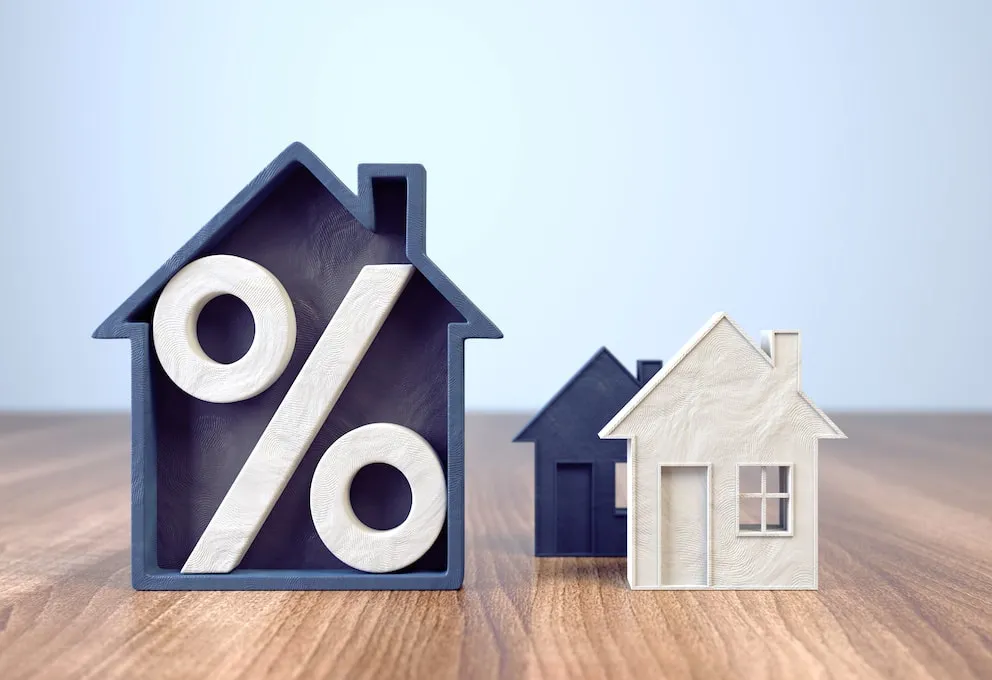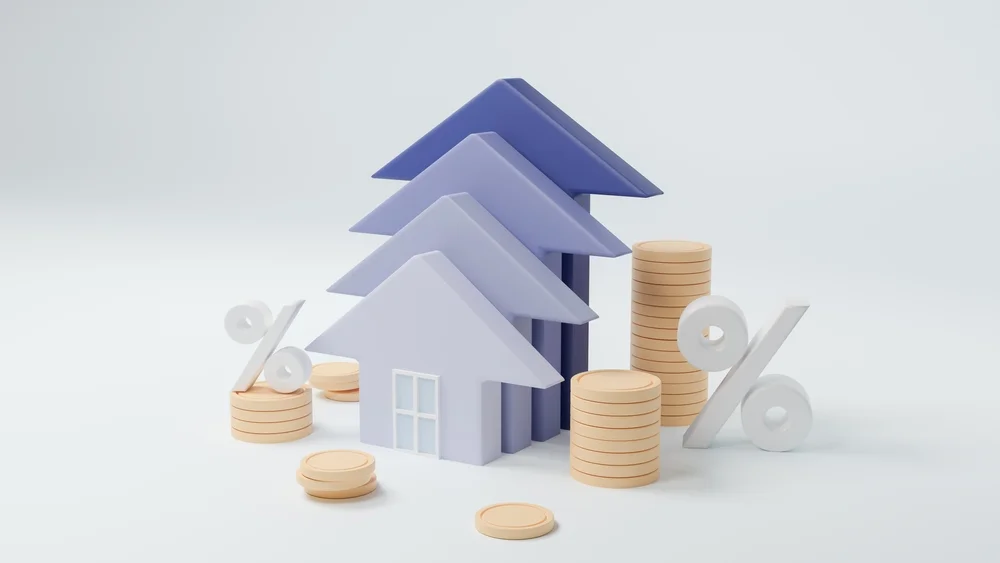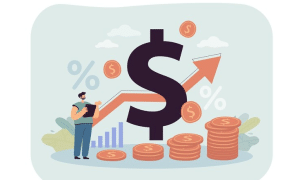The American real estate market is a complex and ever-evolving landscape that is influenced by a wide range of factors. One of the most significant elements that play a pivotal role in shaping this market is interest rates.
Interest rates are the cost of borrowing money, typically expressed as a percentage of the total loan amount. These rates are determined by various factors, including the policies set by the Federal Reserve, economic conditions, and market demand.
The relationship between interest rates and property prices

Interest rates directly impact property prices in the American real estate market. When borrowing costs are low, more people can afford to take out mortgages, leading to an increase in demand for homes.
This heightened demand usually drives up property prices. On the other hand, when interest rates rise, the cost of mortgages also goes up. This reduces the number of potential buyers, causing a slowdown in demand and potentially leading to a decrease in property prices.
For homeowners considering selling their properties, understanding the current interest rate environment is essential. High interest rates may mean fewer potential buyers and possibly lower offers. Conversely, during times of low interest rates, sellers may experience a surge in demand and higher selling prices. Thus, timing the market can be a strategic move to maximize profits.
Moreover, fluctuations in interest rates can also affect the types of properties that are in demand. For instance, during periods of low rates, buyers might be more inclined to invest in larger, more expensive homes because they can afford higher loan amounts. Conversely, high rates might push buyers towards smaller, more affordable properties.
Impact on mortgage rates
Mortgage rates are influenced by the prevailing interest rates set by financial institutions. When central banks, like the Federal Reserve, adjust their interest rates, it directly affects how banks set mortgage rates.
Lower interest rates lead to more favorable mortgage conditions, encouraging more people to purchase homes. In contrast, higher interest rates result in increased mortgage costs, which can deter potential buyers.
Potential homeowners need to keep a close eye on interest rate trends when planning to enter the market. Securing a mortgage during a period of low rates can lead to significant savings over the life of the loan. Additionally, existing homeowners can also benefit from refinancing their mortgages during these periods to take advantage of the lower rates, reducing their monthly payments and overall interest.
It is also important to consider that interest rates can vary based on the type of mortgage. Fixed-rate mortgages, which offer stable monthly payments, might be more appealing when rates are low. Conversely, adjustable-rate mortgages might offer lower initial rates but come with the risk of rate increases in the future, which can affect affordability.
Buyer and investor behavior
The behavior of buyers and investors in the real estate market is significantly influenced by interest rates. Low rates typically lead to a surge in market activity, as borrowing becomes more affordable.
Buyers are more likely to enter the market, looking to take advantage of the lower costs. Meanwhile, investors might see an opportunity to purchase properties that can generate higher returns through rental income or price appreciation.
Conversely, rising interest rates can lead to a slowdown in market activity. Potential buyers may delay their purchases, hoping for a future drop in rates. Investors might also become more cautious, as the higher borrowing costs can impact their profit margins.
Understanding these behavioral trends is crucial for anyone involved in the real estate market, as it can help anticipate market cycles and make strategic decisions. It’s worth noting that while interest rates are a major factor, they are not the sole determinant of market behavior.
Other factors such as economic conditions, employment rates, and consumer confidence also play significant roles. Therefore, a comprehensive analysis involving all these variables is necessary for a more accurate market outlook.
Long-term effects of interest rates on real estate
The long-term effects of interest rates on the real estate market can be profound. Sustained periods of low or high rates can lead to lasting changes in market dynamics, impacting homeownership rates, housing affordability, and the types of properties that are in demand. For instance, prolonged low interest rates can lead to increased homeownership rates, as more people can afford to buy homes.
On the other hand, extended periods of high rates can cause a shift towards renting, as potential homebuyers find it more difficult to secure affordable mortgages. This could lead to increased demand for rental properties, affecting both rental prices and the types of housing that developers choose to build. Therefore, understanding these long-term trends is essential for anyone involved in the real estate market.
In addition, long-term interest rate trends can influence regional markets differently. Areas with high demand for housing might experience more pronounced effects, while other regions might be less affected. Investors and developers need to consider these regional variations when making long-term investment decisions, as they can significantly impact returns and risks.






